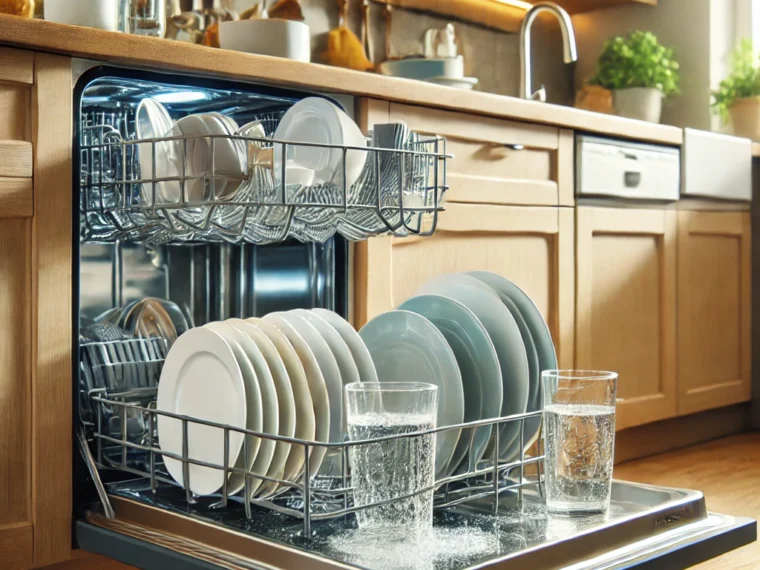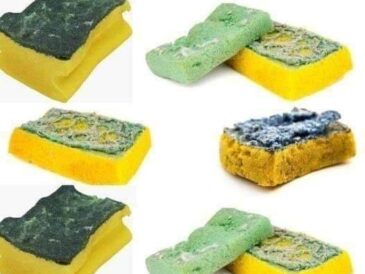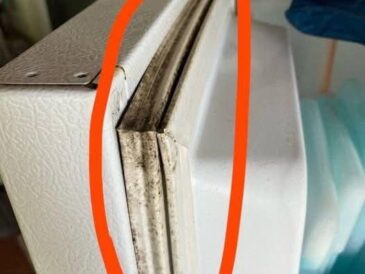- Scrape, Don’t Rinse
Instead of pre-rinsing, simply scrape off large food debris into the trash or compost. This ensures that the dishwasher’s filter doesn’t get clogged without wasting water. - Arrange Dishes Strategically
- Place plates and bowls facing inward for maximum exposure to the water jets.
- Avoid overcrowding, which can block water flow and prevent thorough cleaning.
- Load utensils with handles down, except for sharp knives, which should be blade down for safety.
- Use the Right Detergent
Opt for high-quality detergents and follow the manufacturer’s instructions for the correct amount. Too much detergent can leave residue; too little can lead to unclean dishes. - Run Full Loads
Wait until your dishwasher is full before running a cycle to conserve water and energy. However, avoid overloading, as this can compromise cleaning performance. - Choose the Right Cycle
Use the appropriate cycle for the level of soil on your dishes. Heavy-duty cycles are great for pots and pans, while quick or eco cycles work well for lightly soiled loads.
Extra Tips for a Clean and Efficient Dishwasher
- Clean the Filter: Regularly remove and rinse the dishwasher filter to prevent food particles from clogging it.
- Run a Maintenance Cycle: Every month, run an empty cycle with dishwasher cleaner or white vinegar to remove buildup and odors.
- Check the Spray Arms: Ensure the spray arms are free of debris and can rotate freely.
- Use Hot Water: Check that your water heater is set to at least 120°F (49°C) to ensure effective cleaning.
Breaking the Habit
It’s understandable that pre-rinsing dishes might feel like the “right” thing to do, especially if you’ve been doing it for years. However, once you start trusting your dishwasher to do its job, you’ll save water, time, and money—all while keeping your dishes spotless.
So next time you’re about to pre-rinse a plate, remember: just scrape and load. Your dishwasher—and the planet—will thank you!
Pages: 1 2




